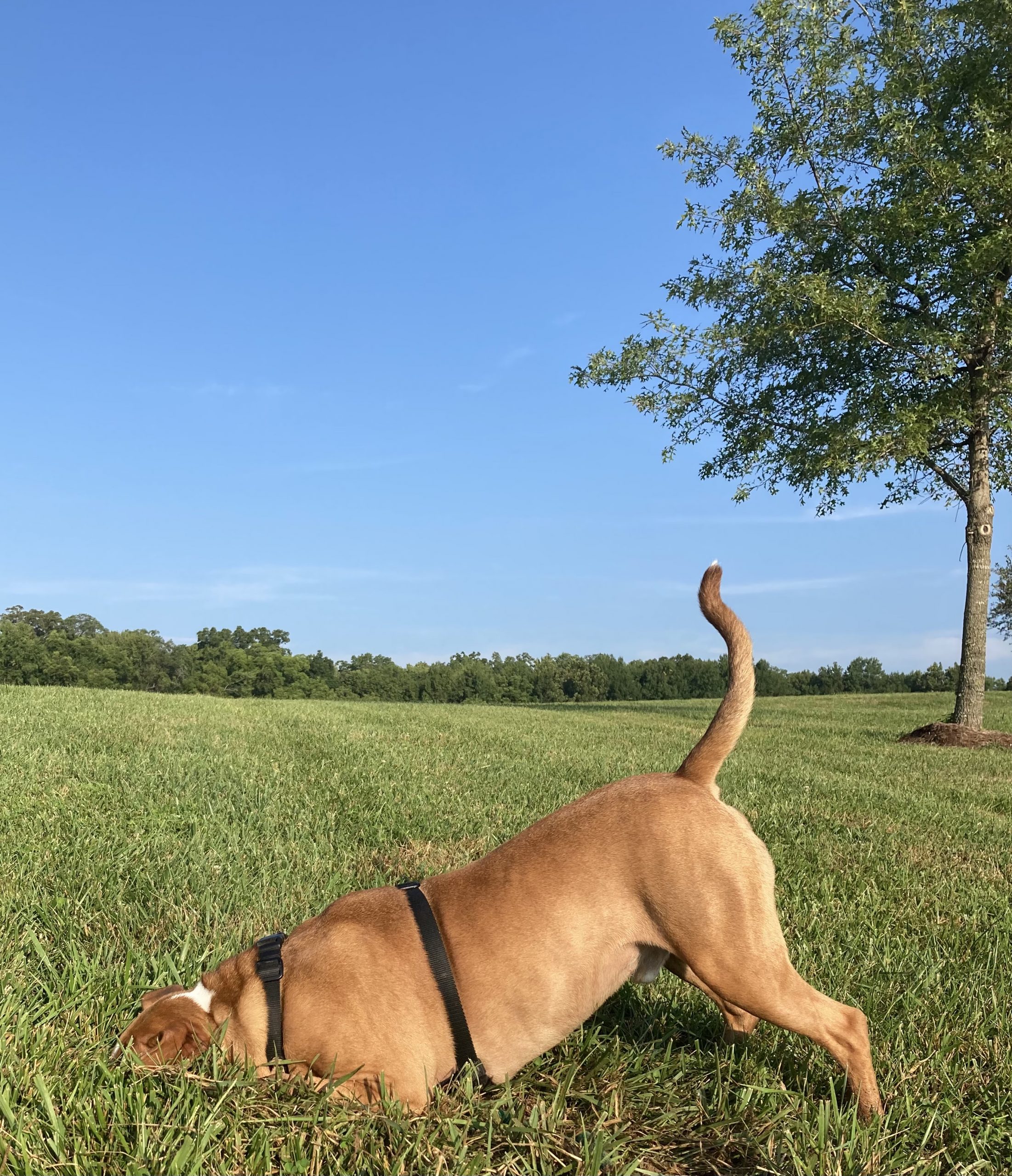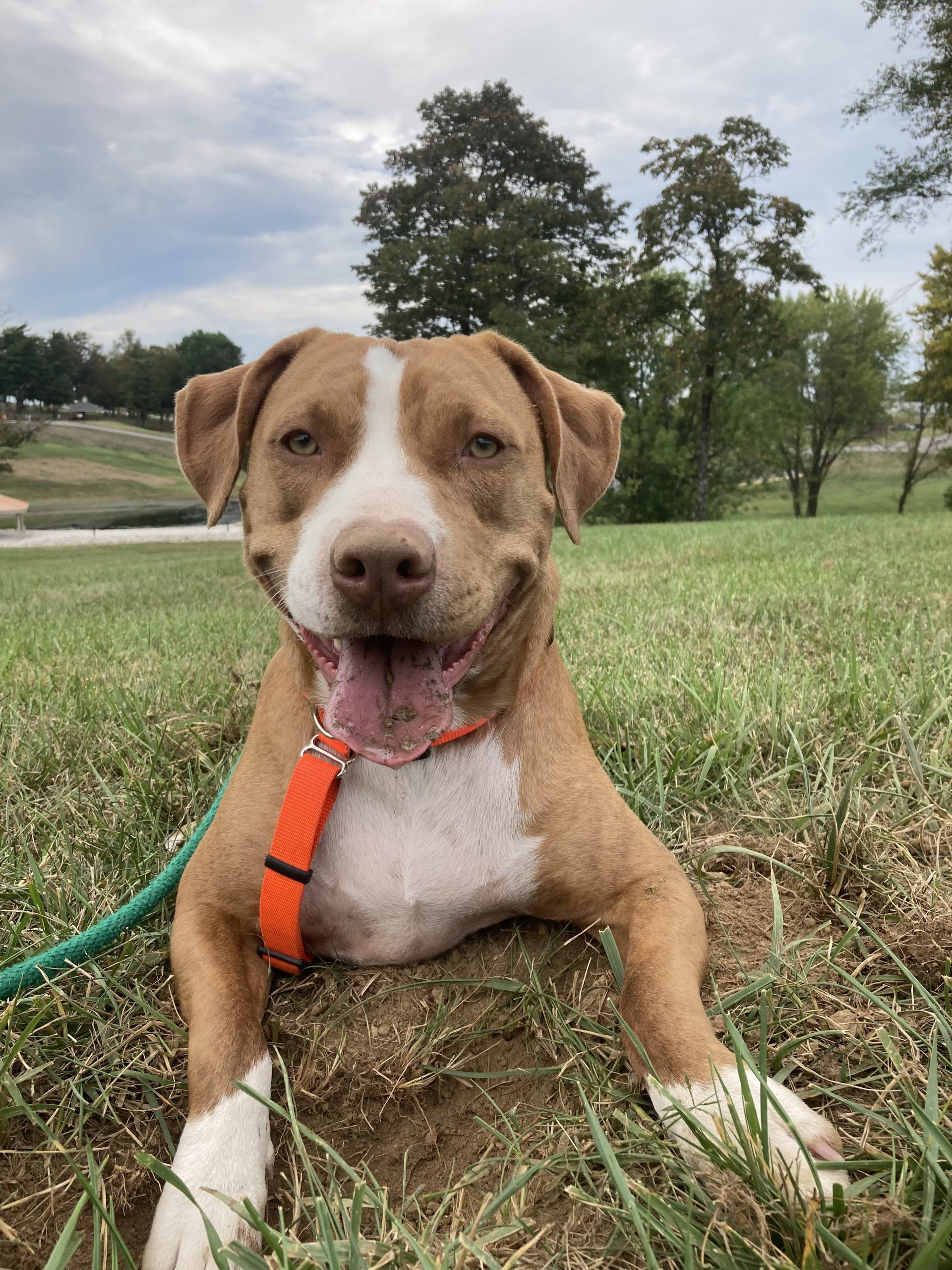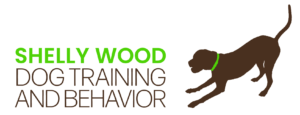

I bet the dogs in your life sometimes do some things that you would rather they didn’t. Maybe you have lived with a dog who chewed the furniture, dug up the yard, barked more than you liked, jumped on you or your guests, nipped at people’s heels, the list goes on and on right? It’s only natural that when our dogs engage in these types of behaviors our first reaction is to simply want them to “Stop It!”, and don’t get me wrong, I’m not suggesting anyone should learn to live with problem behaviors like these without trying to find a solution that works for all, but unfortunately, all too often we are looking for a solution that works for the human part of the equation only.
I believe we often get stuck on finding a solution that works for us like “Stop It!” or “please, just teach the dog not to do that!”, and we don’t spend enough time thinking about why our dog is exhibiting the problem behavior in the first place. This is problematic for a couple of reasons. First of all, if we don’t have a good understanding of what is motivating the dog, we may be swimming up stream as we try to change the behavior. And secondly, and perhaps even more importantly, we may be impinging on the welfare of the animals in our care by just trying to stop their behavior without helping them find an appropriate outlet to meet a need.
For example, let’s look at a dog who might be digging up the yard (and I know I’ve done a post on digging before but this example is particularly relevant to me right now). If we are a human who has lots of flower beds or even just a person who wants to walk through the yard without stepping in a hole, this behavior may be problematic for us. We can spend time and energy trying to figure out how to “fix the problem”, and different strategies may have varying degrees of success, but perhaps the most important starting place is to shift our focus from “the problem” to curiosity about our dog’s behavior, Yes, it may be a problem for us, and yes, ultimately we may decide we still need to change the behavior, but hopefully we will also realize that we can help the dog meet the need in a more appropriate way.
My youngest dog Castor is the first dog I have ever lived with who loves to dig. Honestly, it hasn’t been a problem for me, but in another household I could see where it might be. He seems to enjoy digging for several reasons I have identified. He likes to bury things, he likes to chase underground rodents, and he seems to just generally enjoy the act of digging. Of these three, chasing rodents appears to be his favorite. In fact, when we go on walks it can sometimes be hard to move along with him if he is in hot pursuit of a mole. I’m all about letting dogs sniff lots on walks, but this relentless digging can be problematic depending on where we are walking, if we are on a schedule, or if we are walking with friends. Lately, I have decided to take Castor on some outings where we do nothing but look for moles and we do it for as long as he wants. Sometimes I just sit in the grass while he hunts, and other times I get up and “hunt” with him by pointing in certain areas and encouraging him to investigate. These outings usually last about an hour and a half before I can easily ask him to leave the moling territory and come with me.
I’ve started doing a wee bit of training during these outings. Occasionally, when I am 99% sure he will respond to his every day recall cue, I call him away from an area and then immediately release him back to a hunting space. This opportunity to hunt is likely to be way more reinforcing to Castor than a piece of liver in this context because looking for moles, sniffing and digging is what he wants in this context, not liver. That means if I want to reinforce a recall in the context of mole hunting (in other words, make it more likely Castor will come running to me when I ask rather than get “stuck” chasing, digging, etc), it will be more efficient if I am using what he wants rather than some item I think he should want.
I have only just started playing with the recall work in this context though because more important to me is simply making sure I give Castor an outlet to meet a need that appears to be pretty hard wired in him. Recall training or no recall training, I will continue to take him on these outings in the hopes that I am giving him the opportunity to meet his needs. I can also report than since I have started doing this, I rarely see Castor dig in the yard anymore, and during times that are not official dig times, I am having more success asking Castor to come along away from a potential hunt.
I’m not writing this to say “if you have a dog who digs, this is what you should do”, because each dog is totally unique and each dog/human team is totally unique. I am writing this in the hopes of encouraging people to get curious about your dog’s behavior, get curious about what needs might be behind your dog’s behavior, and get creative about ways to try to help your dogs meet their needs. When thinking about all of this and trying to identify what needs your dog may be trying to meet, a helpful resource is Kim Brophey’s book “Meet Your Dog”. I strongly encourage you to pick up a copy and learn how to “Meet Your Dog”. Learning to meet the needs of both ends of the leash has always been a passion and focus of mine, and having just completed Kim Brophey’s L.E.G.S. ® Applied Ethology Family Dog Mediation Professional Course and being the first Certified Family Dog Mediator in the area, has allowed me to expand my education and skillset to help both people and dogs even more.

